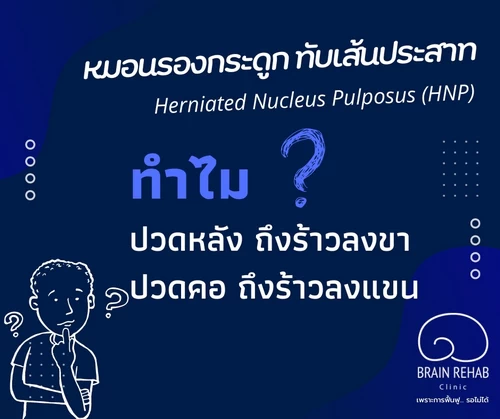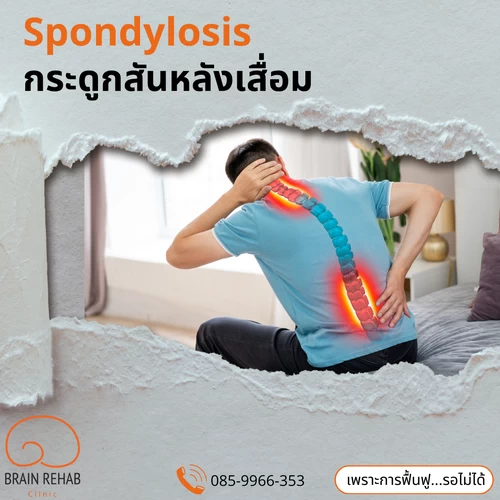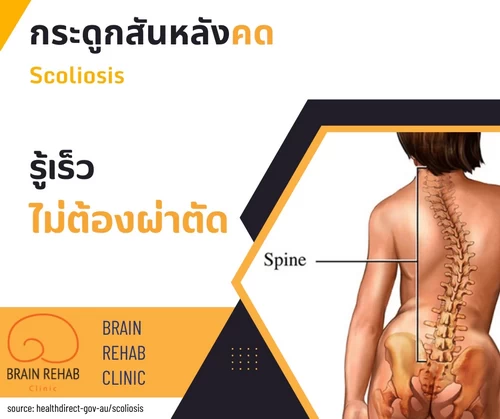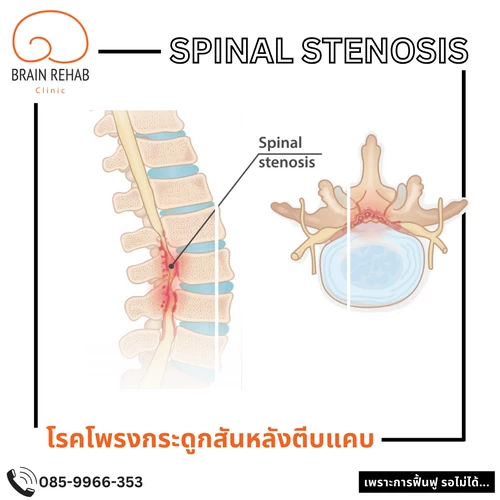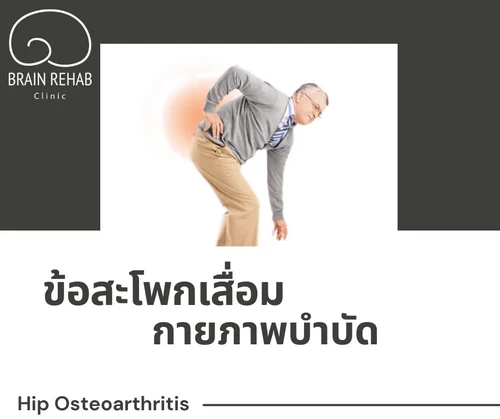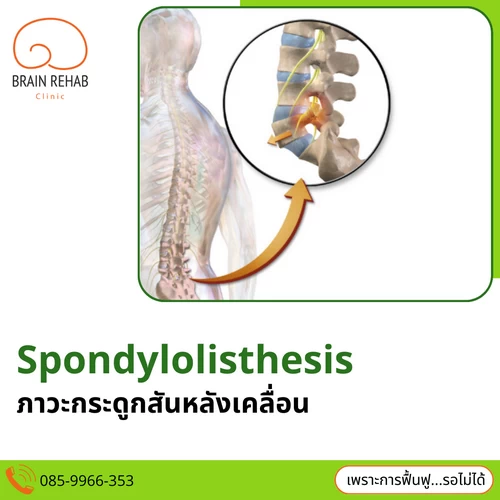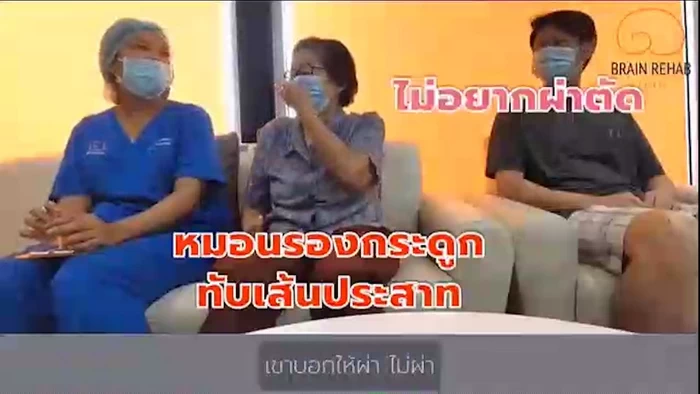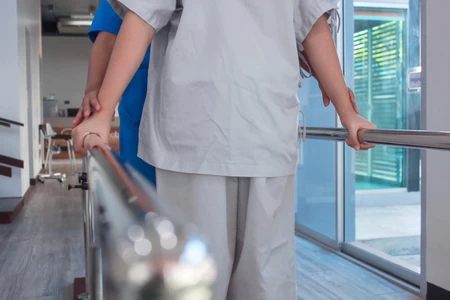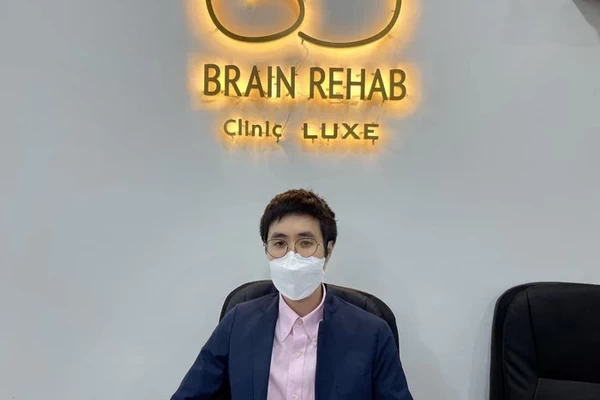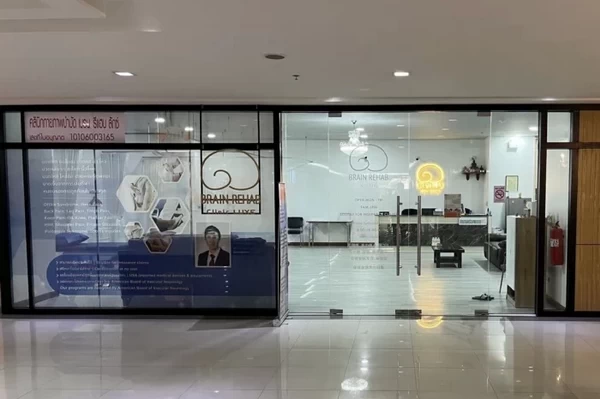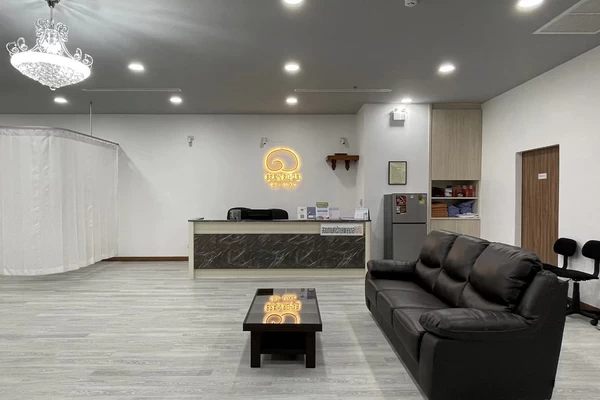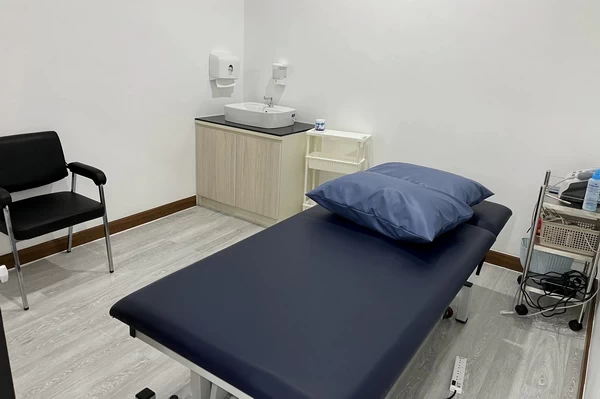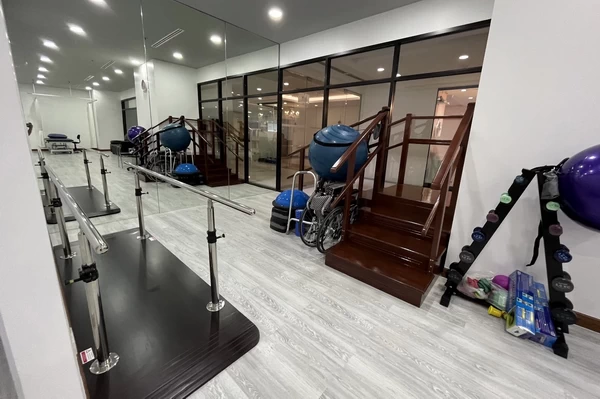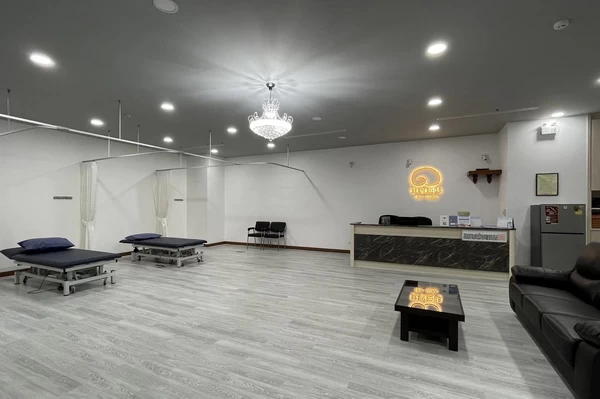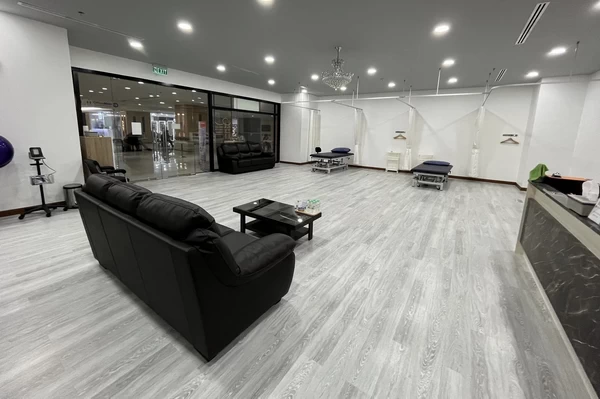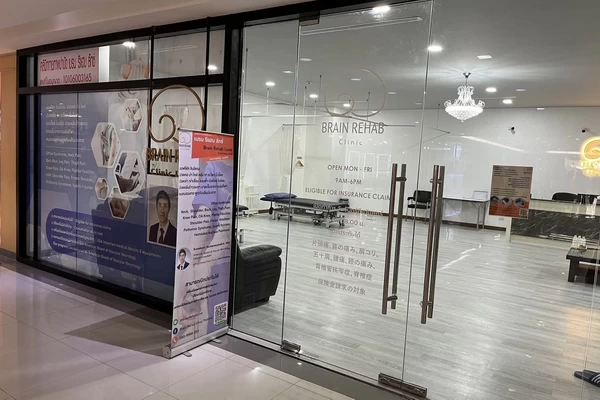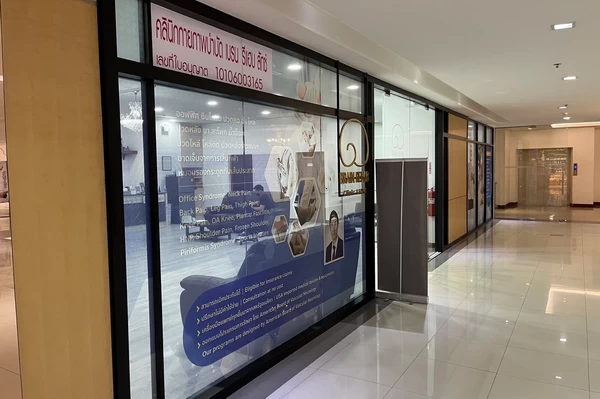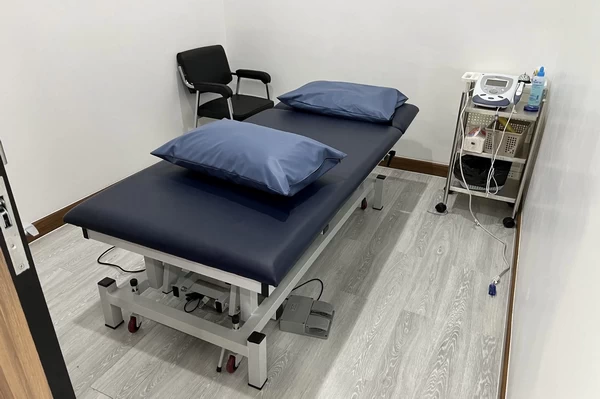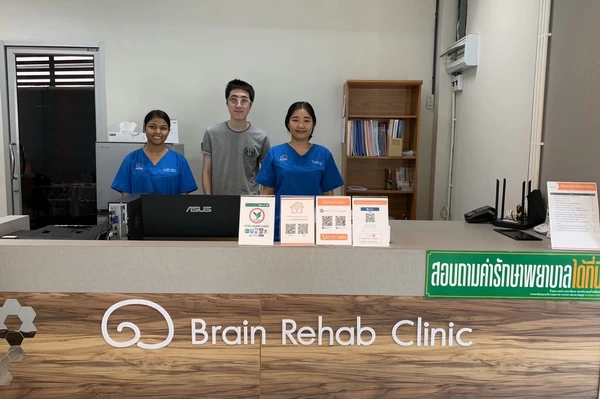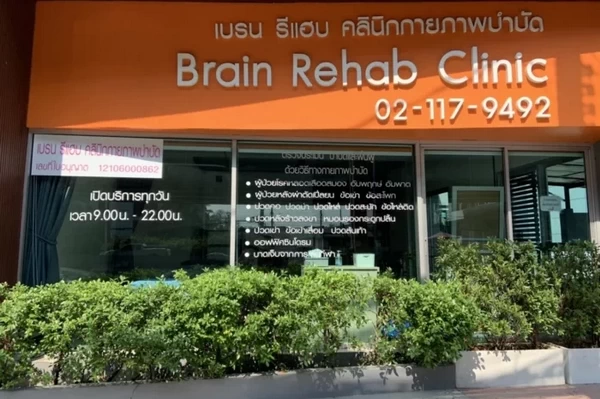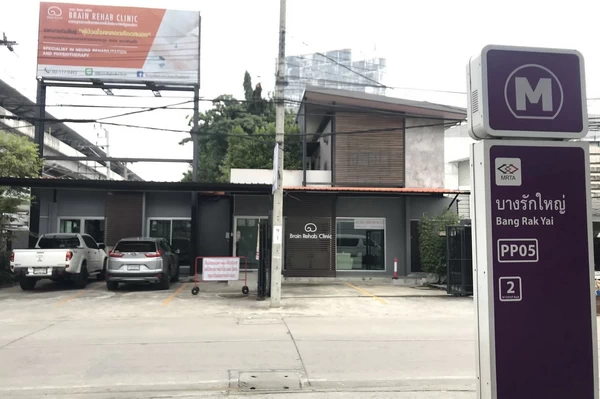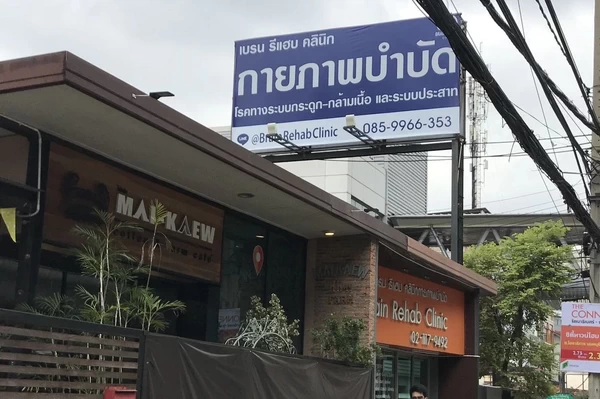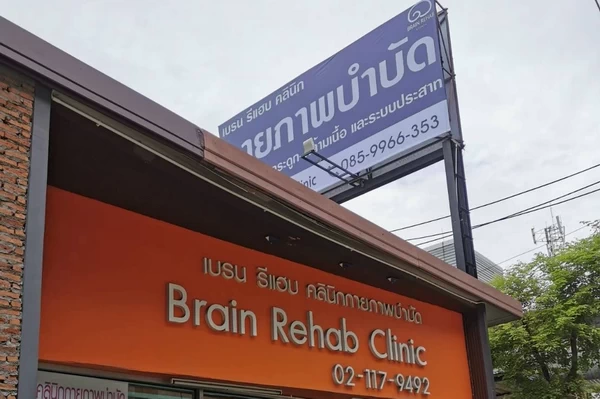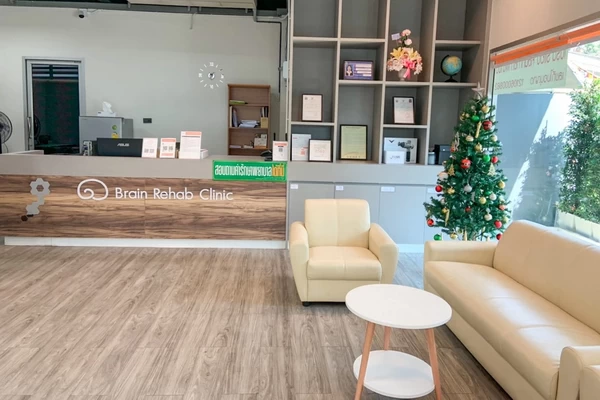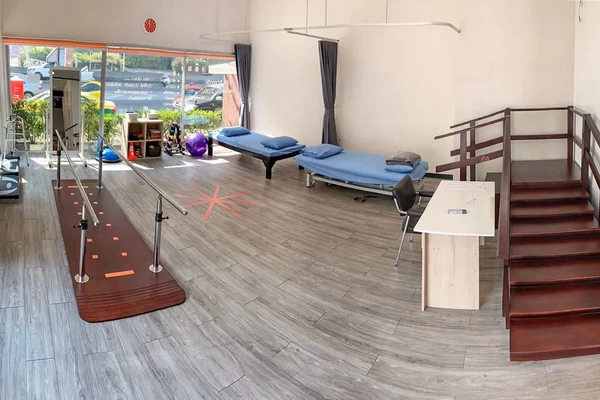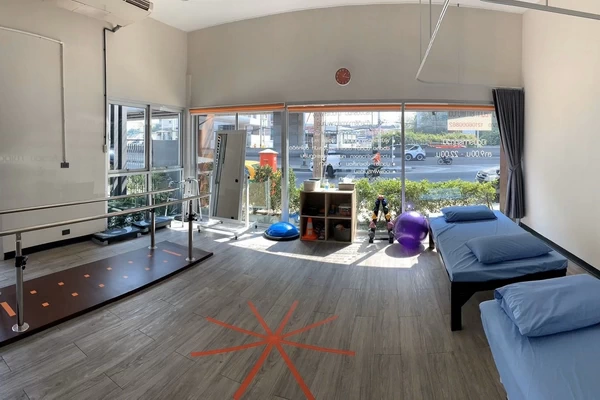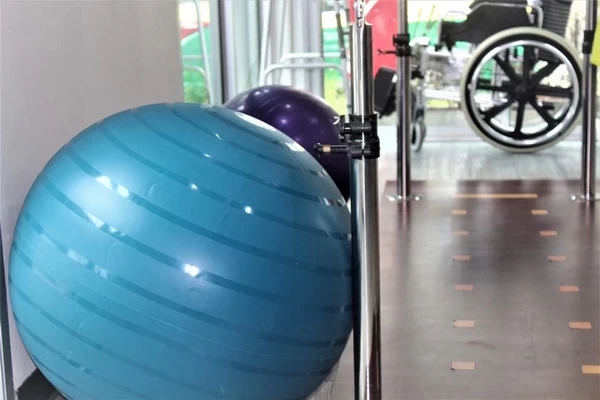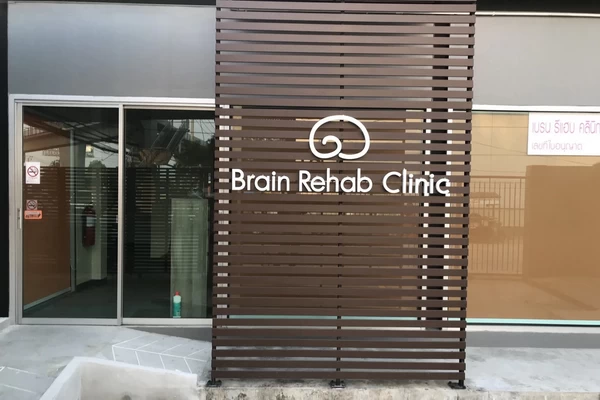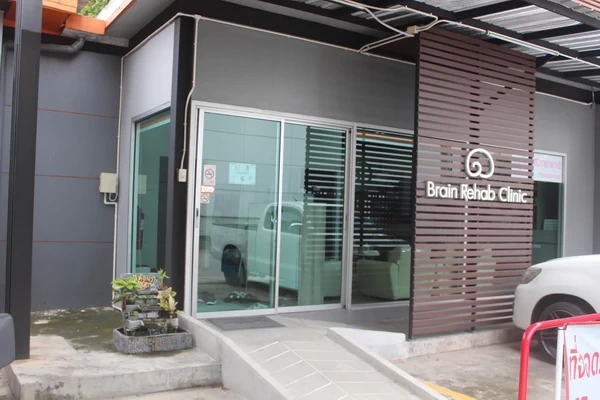Brain Rehab Physio Clinic
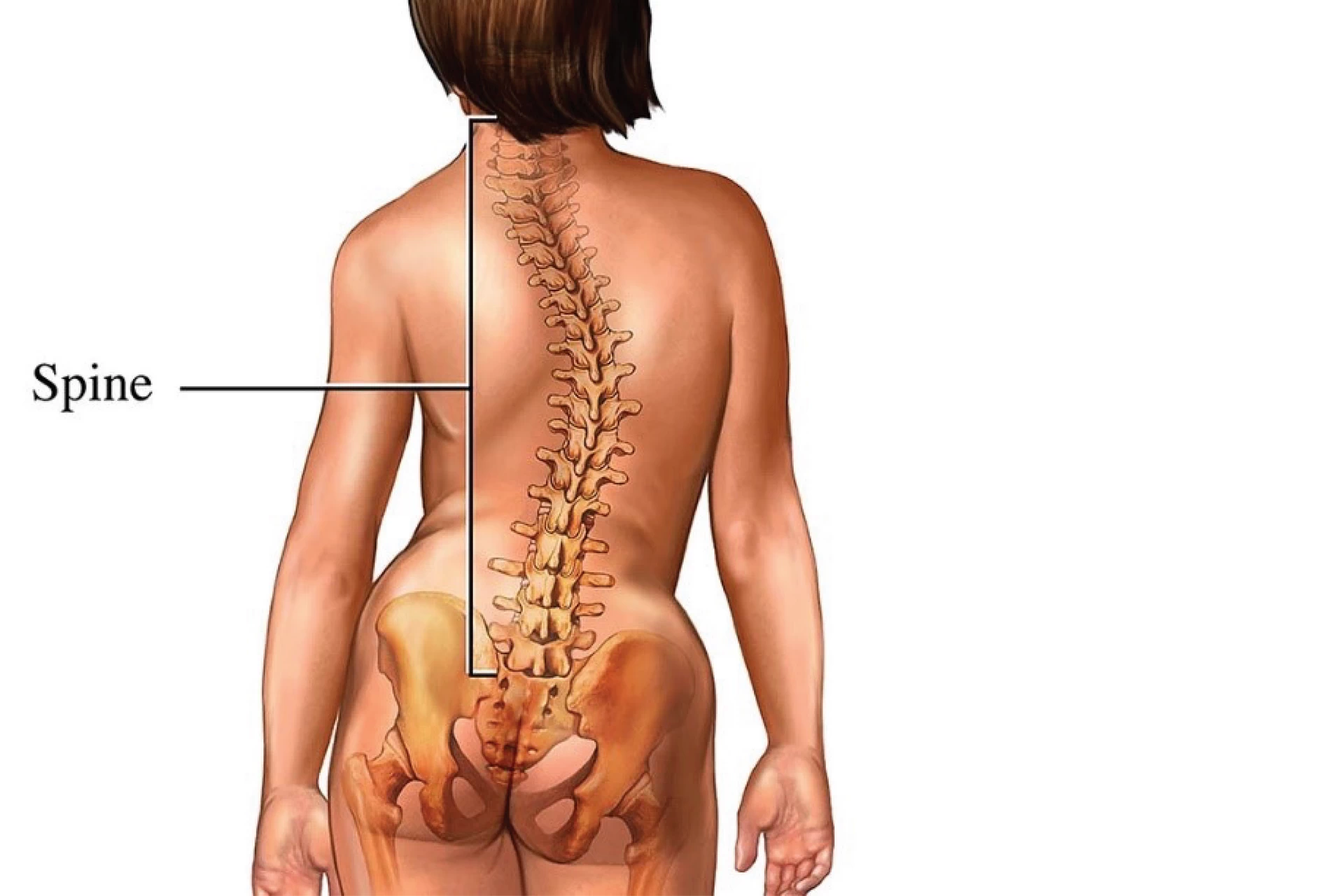
Reduce Pain
Restore Balance and Mobility
Avoid Surgery
Spine Physical Therapy
Spinal Disorders
✓ Scoliosis
✓ Spondylosis
✓ Herniated Nucleus Pulposus
Spine Physical Therapy
The Spine and Its Importance
The spine is one of the most vital parts of the human body. It supports the body’s upright posture, enables a wide range of movements, and allows us to perform daily activities efficiently—such as standing, walking, sitting, and working. The spine also protects the spinal cord, a crucial component of the nervous system that connects the brain to the rest of the body to control various bodily functions. In addition, the spine bears the weight of the body and external loads throughout the day.
The spine is made up of 33 small bones called vertebrae, stacked vertically from the base of the skull to the tailbone. Between each vertebra lies an intervertebral disc, which acts as a shock absorber, bears weight, and allows for spinal flexibility. Encased within the spine is the spinal cord, part of the central nervous system. It transmits signals from the body to the brain and from the brain back to the body, enabling movement, sensation, and organ function.
Spine Rehabilitation
Spine rehabilitation is a medical process focused on treating and restoring the function of the spine and its related structures. The goal is to reduce pain, regain strength, and restore optimal function through various methods. Rehabilitation methods may include:
-
Physical therapy
-
Self-care in daily life
-
Self-care in daily life
-
Behavioral adjustments
-
Providing education and understanding about spinal conditions
-
Strengthening the spine and surrounding muscles to prevent re-injury
Ultimately, spine rehabilitation aims to help individuals resume a productive and pain-free life while preventing future injury.
Causes and Risk Factors
Several risk factors and behaviors can negatively impact the spine, such as:
-
Prolonged sitting or working on a computer without changing posture
-
Poor sitting or standing posture, which cause the spine to bear more force than usual, leading to pain.
-
Incorrect heavy lifting techniques.
-
Being overweight or obese etc.
All of these factors increase mechanical stress on the spine and may accelerate degeneration or cause injury.
Symptoms
When our spine experiences problems, it can significantly impact quality of life and interfere with daily activities. Common spinal conditions include herniated discs (slipped discs), spinal degeneration, spondylolisthesis, spinal stenosis, and scoliosis.
These issues may lead to symptoms such as:
-
Pain: Often triggered or worsened by certain movements or activities that strain the affected area of the spine.
-
Numbness or Weakness: Nerve compression can cause numbness or muscle weakness along the nerve pathway.
-
Limited Mobility: Reduced range of motion may affect your ability to perform daily activities or work effectively.
-
Sleep Disturbances: Pain or discomfort may interfere with restful sleep.
-
Emotional Impact: Chronic pain can contribute to stress, anxiety, or even depression.
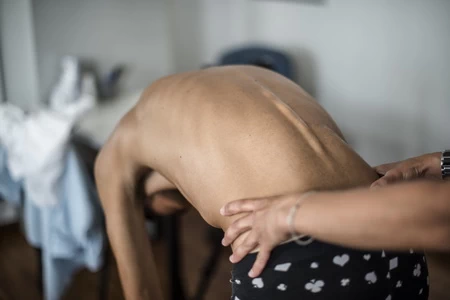
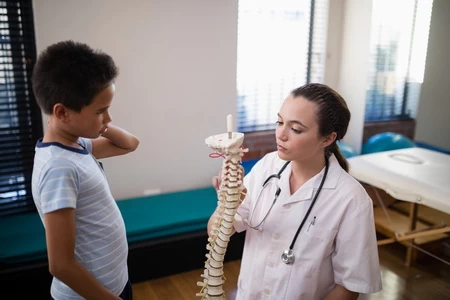
spine rehab near me
Physical Therapy for Spinal Disorders
Spine Physical Therapy plays a crucial role in rehabilitating and reducing pain from spinal disorders. A physical therapist’s role includes:
-
Comprehensive Assessment: Identifying the root cause of pain through a detailed physical evaluation.
-
Pain Relief Techniques: Utilizing modalities such as ultrasound, manual mobilization, manual traction, and electrical stimulation to reduce pain and relax surrounding muscles.
-
Tailored Exercise Programs: Recommending specific exercises to strengthen supporting muscles, improve joint flexibility, and restore spinal mobility.
-
Posture and Ergonomics Training: Educating on proper posture during daily activities and how to optimize your work environment to reduce strain.
-
Self-Management Education: Providing practical knowledge to manage symptoms and prevent recurrence.
Why Physical Therapy?
-
Drug-Free and Avoiding Surgery: Physical therapy can effectively reduce pain without medication and can help patients avoid surgery if symptoms are not severe or respond well to treatment.
-
Treating the Root Cause: It addresses underlying issues like weak core muscles or incorrect daily habits.
-
Sustainable Recovery: Physical therapy sustainably restores physical function, providing patients with knowledge and understanding of their condition for proper self-care and prevention of future injuries.
Self-Care for Spinal Health
Taking care of your spine involves consistent, proactive habits such as:
-
Exercise: Engage in appropriate physical activity to strengthen core muscles and support the spine.
-
Stretching: Maintain flexibility to reduce muscle tension and joint stiffness.
-
Weight Management: Keeping your body weight within a healthy range to reduce pressure on the spine.
-
Correct Body Mechanics: Practice proper posture when sitting, standing, walking, and lifting objects.
-
Ergonomic Adjustments: Modify your workspace to support spinal health.
-
Adequate Rest: Ensure proper sleep and recovery to aid healing and reduce fatigue.
If you are experiencing spinal issues or related symptoms, appropriate care and rehabilitation can help you return to your daily life with confidence, comfort, and improved well-being.
If you have symptoms related to a spinal disorder, you can consult us at Brain Rehab Physiotherapy Clinic. Don’t let spinal pain disrupt your life. Our team is here to help you move better, feel better, live better, and enjoy life without limits.
“Don’t let pain control your life.”
Contents

Office Syndrome & Pain Management
ออฟฟิศซินโดรมและการยศาสตร์ (Office Syndrome & Ergonomics)
ปวดกล้ามเนื้อเรื้อรัง (Myofascial Pain Syndrome)
กล้ามเนื้อสะโพกหนีบเส้นประสาท (Piriformis Syndrome)
ปวดหลังส่วนล่าง (Low Back Pain)
เอ็นข้อศอกด้านนอกอักเสบ (Tennis Elbow)
ภาวะการกดทับเส้นประสาทข้อมือ (Carpal Tunnel Syndrome)
Thoracic Outlet Syndrome (TOS)
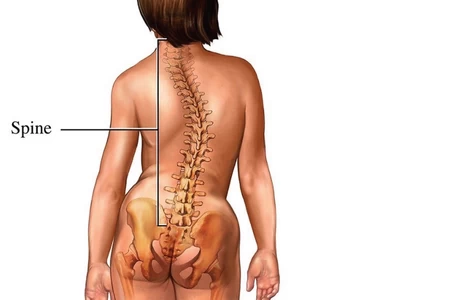
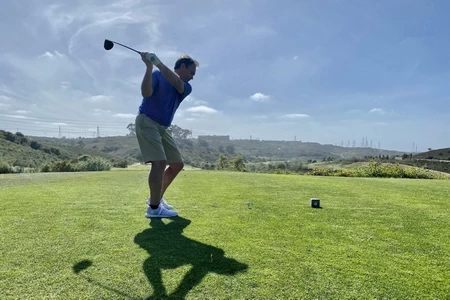

Assessment

Ultrasound
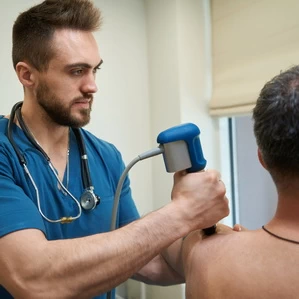
Shockwave

Electrical Stimulation
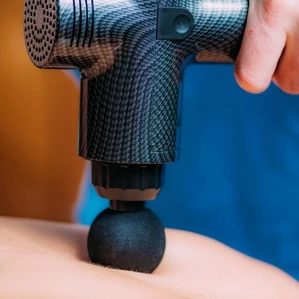
Gun Massage
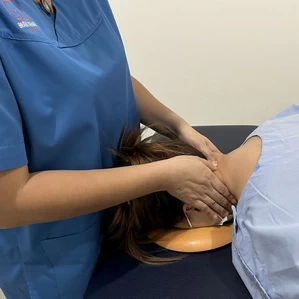
Joint Mobilization
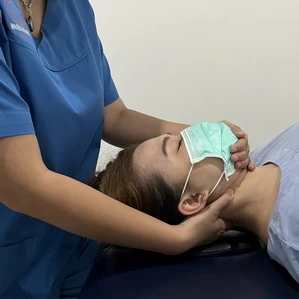
Manual Traction

Stretching
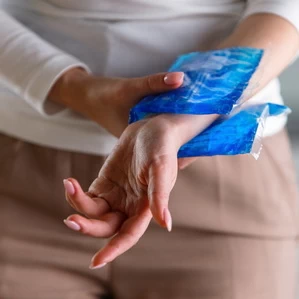
Hot/Cold Compress
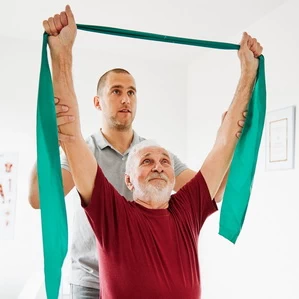
Exercises

Home Program

Posture Correction
FAQs
What is Physical Therapy?
Physical therapy is a modern medical practice focused on treatment, promotion, prevention, and holistic rehabilitation to improve the quality of life for patients. It helps alleviate pain, enhance movement efficiency, and restore physical function from injuries or diseases, without the need for medication and avoiding surgery. The treatment process is divided into three main steps:
Manual Techniques: These include hands-on techniques that are continuously trained and practiced, such as joint mobilization to increase flexibility, manipulation to align joints, and stretching to release muscle tension.
Modalities: The use of therapeutic equipment to reduce pain and strengthen muscles, such as shockwave therapy, ultrasound, and electrical stimulation.
Exercises: Once pain is reduced, exercise is incorporated to improve flexibility and muscle strength, as well as prevent re-injury. In the case of stroke patients, exercise focuses on specific areas to restore body function, such as training core muscles and lower body muscles for those with walking difficulties.
Physical therapy enables you to move confidently, reduce pain, and enhance your overall quality of life.
Why Brain Rehab Clinic?
Patients can contact us 24/7 via WhatsApp, Line or Phone regarding their issues. Besides, we provide continuous follow up on symptoms, treatment progress, as well as giving advices on basic self-care until the next appointment.
Additionally, both our Asoke and Nonthaburi branches offer free parking and are conveniently located near sky train (BTS) or subway (MRT) stations.
What is the difference?
Our physiotherapists have more than 10 years of work experience. We assure that patients will receive the best and safest treatment.
Do you have 8-step treatment?
No, we choose the right treatment methods for each patient’s condition, such as electrical stimulation is not suitable for every case, so we take time to focus on the right treatment that works best.
So what is the treatment method?
1. Comprehensive Physical Examination With the experience of our physiotherapists, each with over 10 years of experience, you can be confident that you will receive an accurate assessment to identify the root cause of your symptoms. This initial step is crucial for effective and targeted physiotherapy.
Pain in the same area may have different causes in different individuals. Our team’s expertise allows for a tailored treatment plan based on your specific condition, promoting faster and long-lasting recovery.
If the patient’s symptoms are severe, suspicious, or caused by an accident, we will recommend consulting a doctor for additional tests, such as X-rays, CT scans, or MRIs, to obtain more detailed insights. On the other hand, if diagnostic imaging results are already available, they can be used to enhance the effectiveness of physiotherapy. In some cases, our physiotherapists will collaborate with doctors to plan treatment approach and work closely with fitness trainers to design personalized exercise programs, so the patient can regain movement with confidence and live a higher quality of life.
2. Manual Therapy Our clinic’s physiotherapists are experts in Manual Therapy (hands-on therapy), which is a key technique for relieving inflammation in Trigger Points, often a primary cause of chronic pain. Treatment includes several techniques such as muscle stretching to improve flexibility and reduce tightness, joint and soft tissue mobilization to increase the range of motion, and manual traction (neck and back) to reduce pressure on nerves. These techniques are considered the main approach to physiotherapy in the United States and are widely recognized worldwide for their effectiveness.
3. Modalities Our clinic also incorporate advanced physical therapy equipments such as Shockwave Therapy, Ultrasound, and Electrical Stimulation as part of the treatment process to assist with muscle relaxation, reduce inflammation, and strengthen muscles.
Physiotherapists will select the appropriate modalities based on your condition. For example, patients with degenerative bone conditions should avoid using Shockwave Therapy in the affected area for safety reasons.
4. Therapeutic Exercises are another primary treatment approach in physiotherapy in the United States. These exercises help strengthen muscles to maintain balance on both sides, increase flexibility, enhance the range of motion, and prevent the recurrence of injuries.
Additionally, we focus on improving posture during daily activities (Posture Correction) including sitting, standing, lying down, and walking, following ergonomic principles to minimize the risk of future injuries.
5. Education and Ongoing Monitoring We focus on helping patients understand their condition or health issue so they can take appropriate actions and avoid risk factors. Moreover, we continuously monitor treatment progress, provide guidance, and ensure that patients regain confidence in returning to normal daily life.
For those looking for a “physiotherapy clinic near me”, it is important to ask about the treatment approach to ensure it suits your condition and characteristics. It is also essential to choose a clinic with experienced physiotherapists who are highly skilled at accurately diagnosing the problem to deliver the best possible treatment for quick, safe, and long-term recovery without relapse. You can consult with us regarding your symptoms via Phone, WhatsApp or LINE OA.
The pain will eventually go away because the body can heal itself. Right?
The human body has the ability to heal itself, but we need to move or use it constantly, the self-healing process becomes much more difficult.
If pain does not improve within 2-3 days, we do recommend you to attend physiotherapy sessions, helping you speed up recover, reduce pain from the injuries, and prevent the condition from becoming chronic.
How many visits and frequency should I attend physiotherapy sessions?
Depending on the symptoms, for example, a ligament sprain typically takes longer to heal than a muscle strain. For a herniated nucleus pulposus (HNP), physiotherapy primarily provides supportive care and pain relief, depending on the stage of the condition.
Patients should attend physiotherapy sessions at least 1-2 times a week to ensure consistent treatment and a faster recovery.
Although each person’s pain tolerance level may vary, seeking treatment as soon as symptoms appear can speed up recovery and prevent the condition from becoming chronic.
My condition is getting better. Can I stop physiotherapy treatment?
Physical therapy treatment requires a continuation of treatment to ensure full recovery and prevent the recurrence of symptoms. The electrical waves used in the treatment are only effective for a certain period of time. If the patient stops treatment prematurely, it is like taking medicine incompletely, which increases the chance of the condition returning or becoming chronic.
According to clinic statistics, patients who fully complete their treatment do not experience a recurrence at the same spot within 6 months. However, this also depends on the patient’s behavioral adjustments.
What is the difference between regular exercises and exercises by physiotherapists?
Physical therapy exercises is different from regular exercise because we focus on strengthening the muscles in the affected areas and design exercises that are suitable for each individual’s body condition and health issues. This helps strengthen weak muscles and prevents re-injury at the same spot.
In addition to the treatment, as if you had a personal trainer, designing individualized exercise routines for each session, tailored to the muscle condition at that time.
What conditions can't be treated by physiotherapy?
Contact us
085-9966-353Business Hours
Saturday - Sunday: 09.30 - 18.30 hrs.
Location
Parking
Business Hours
Saturday - Sunday: 09.30 - 18.30 hrs.
